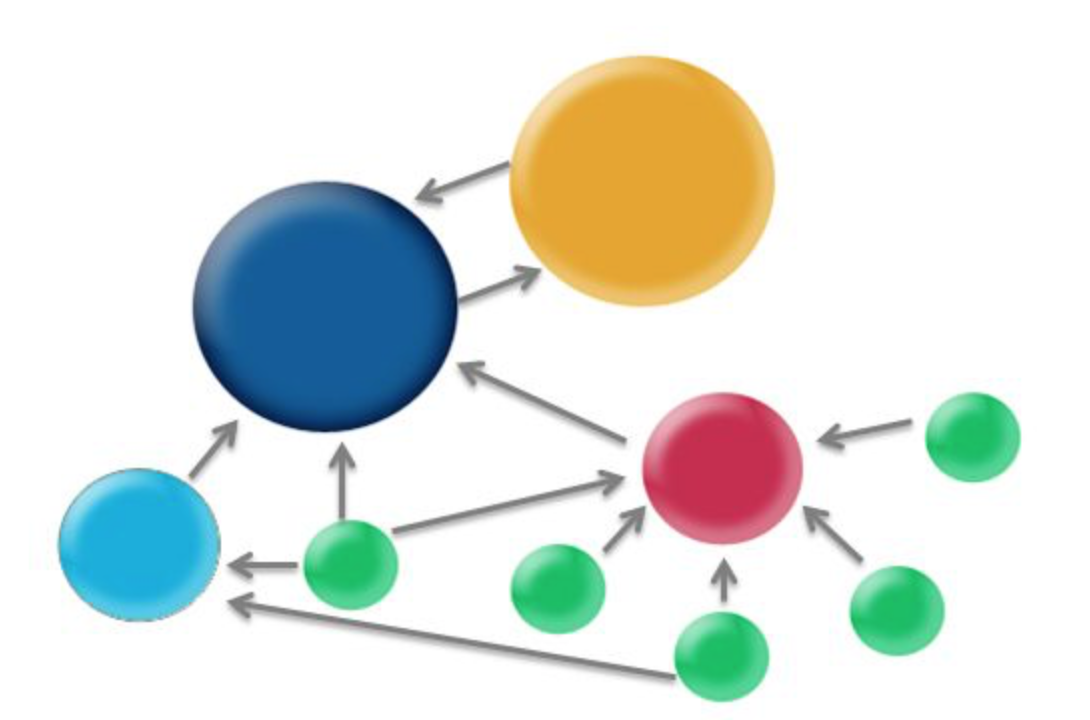- Is it more important to consider the personal audience (those who consume), or the algorithmic audience when publishing digitally? How is each audience important in dictating the final product?
- If the algorithmic audience becomes the more dominant and deciding audience in terms of digital publishing, will the need for writers fall as computers learn/are programed to mimic catering to the algorithmic audience?
When I was a senior in high school, I took a computer science course to earn my last state-required math credit. I learned a lot about programing, and plenty of things I never thought I would understand about things like coding, and algorithms. I even wrote my own algorithms. However, that class only focused on the technological aspects of algorithms. John Gallagher brings a whole new course to the table with his essay “Writing for Algorithmic Audiences.” He proposes a way to look at writing through a lens from which I had never before even considered looking with. I had never even come across anything to conceptualize that lens. He calls it the “algorithmic audience.”
The algorithmic audience was a difficult concept for me to grasp at first, because I just couldn’t understand what he meant. In order to understand it, we must first know what an algorithm is, and Gallagher explains it simply and well: “an algorithm is a set of instructions for performing a task or solving a problem” (Gallagher 25). With every section, Gallagher explained a small, new piece of the algorithmic audience, and by the end, I found I understood it through and through, and now look at digital publishing in general in a completely different way than I had before.

An audience for media published digitally, no matter the purpose, is not only the direct consumers of that content. Websites use algorithms to distribute content, each with different rules. For example, when considering your algorithmic audience for a project, you must not forget this variation, because it could affect how well your content is circulated based on platform. With most websites, such as FaceBook, Tumblr, and Twitter, texts are circulated between users based on interactivity rates, measured in things such as “likes” or “reblogs” or “retweets”. The more of these your content has, the more the websites’ algorithms will distribute it to a wider range of audiences and people.
But writing for a non-human audience is hard to do, and there are a lot of process many creators are, initially, not too familiar with, such as using metadata, which is, for example, “labeling [media] with certain strategic keywords in the title, description, and tags” (27.) Those are all things that algorithms search for, and, thus, when you cater to that metadata, you are also catering to social media and internet algorithms, or, the algorithmic audience. People who publish digitally must craft their work so that the metadata will be recognized in their favor. This might mean that a title you wanted to use for a piece may need to be changed, in order to catch an algorithm and gain a wider distribution.
That being said, the human audience should certainly not be neglected. Catering to both them and the algorithmic audience may alter the metadata of a work, but it should not alter the purpose of that work.
Word Count: 543
Works Cited:
Gallagher, John R. “Writing for Algorithmic Audiences.” Computers and Composition, 2017.
